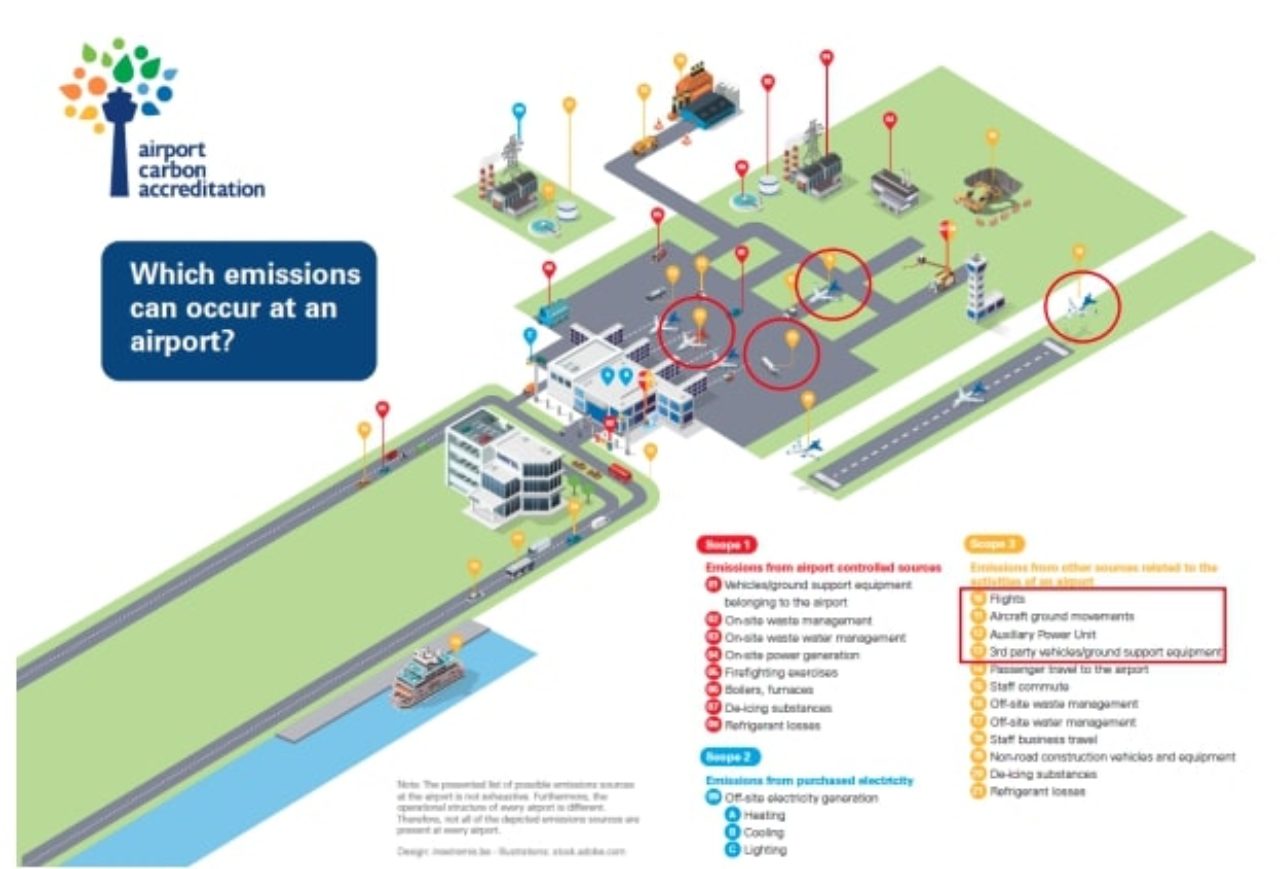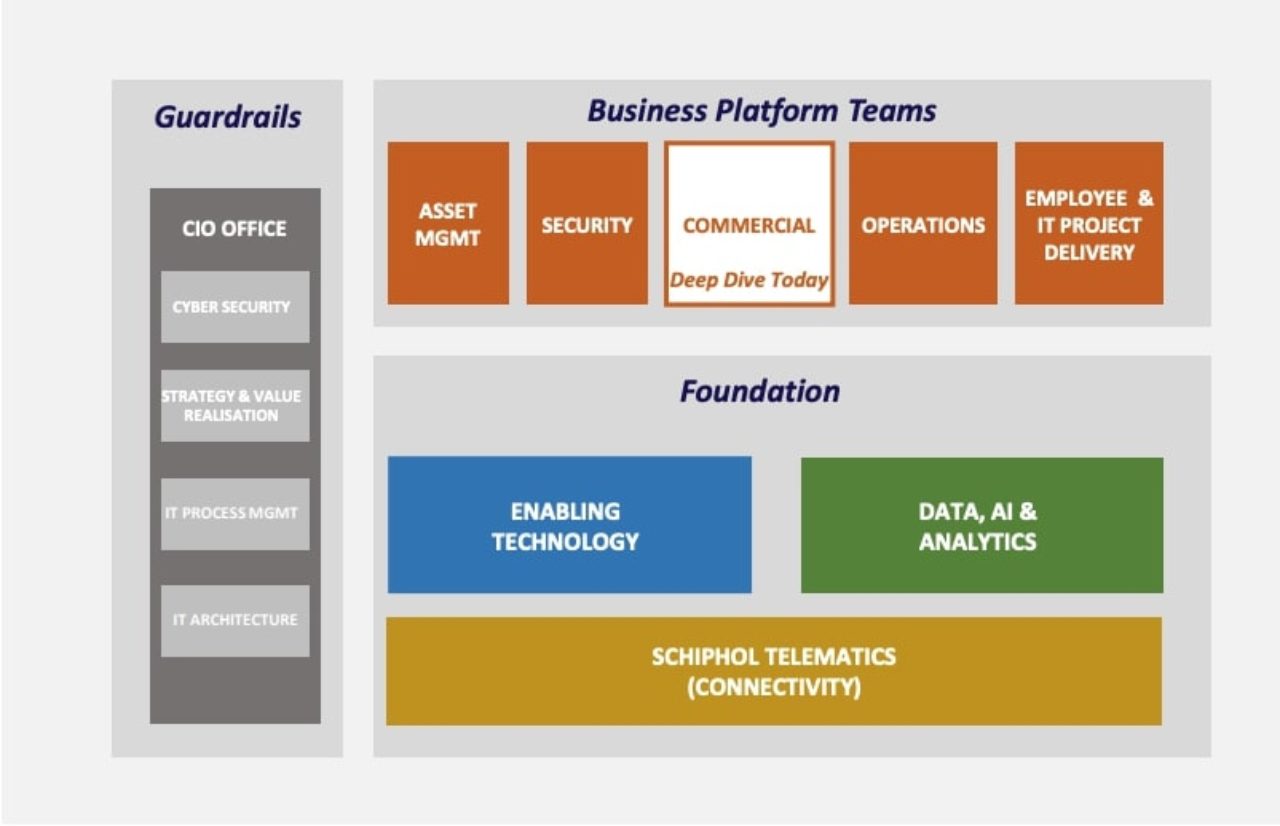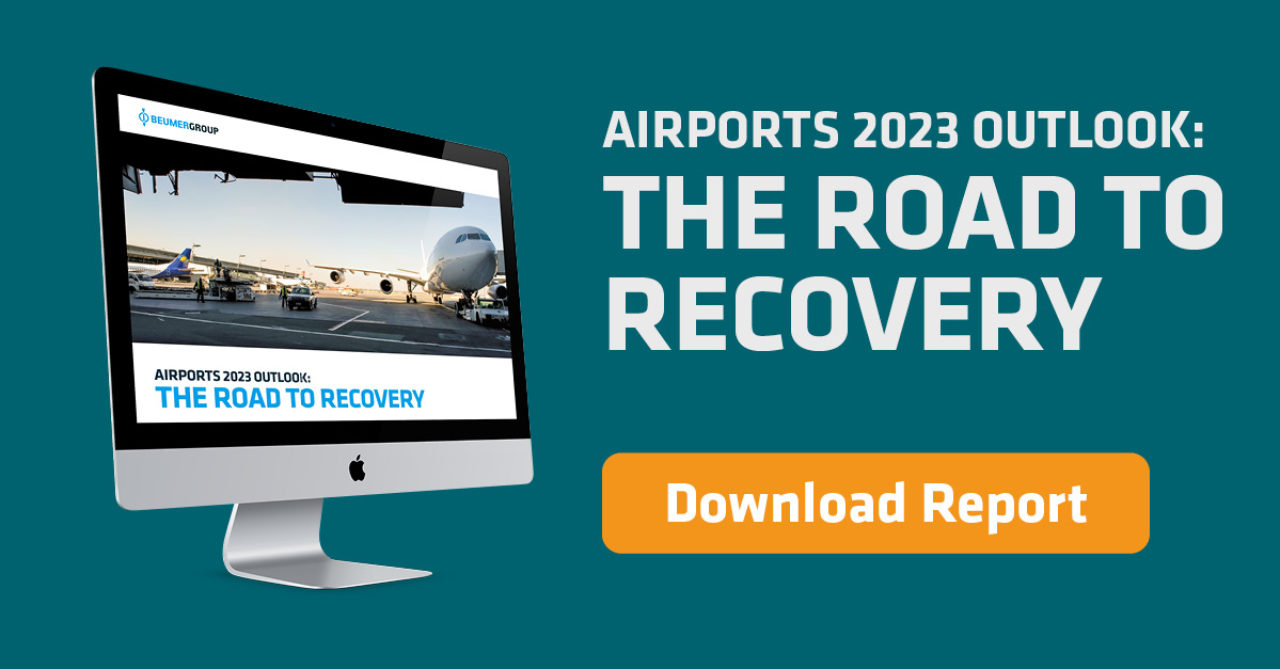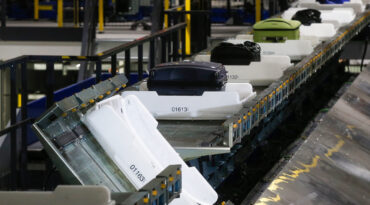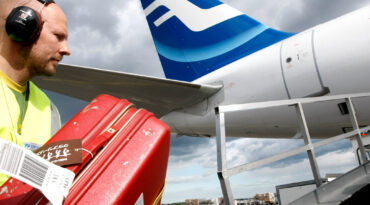By BEUMER Group
Continuing volatility challenges the AIRPORT business model
We were already starting to see changes to the way airports do business during the pandemic, with a realisation that long term initiatives in digitalisation, automation and sustainability would be key, rather than increasing capacity.
There are two trends that could disrupt the airport business model of the near-future:
- The impact of sustainability issues on the passenger’s mindset; and
- The ‘dehubbing’ of the dominant hub and spoke routing model.
The impact of sustainability
Sustainability is no longer a ‘nice to have’ in the global airport business. Alternative, greener forms of transportation may capture air travel market share until aviation fuels become more emission-free, as passengers become more and more sustainability-conscious. It means airports must move fast and don’t have the luxury of waiting five to ten years before developments mature.
Sustainability must also be an integral part of airport business strategies.
It’s easy enough to drive a business case for implementing sustainable measures as efficiencies to reduce carbon emissions will reduce operational costs. Conversely, inaction will impact airport infrastructure, operations and business continuity.
Airports need, therefore, to look at what they consume directly, what they produce and what they purchase.
Read about how airports can make more sustainable purchases in our report.

